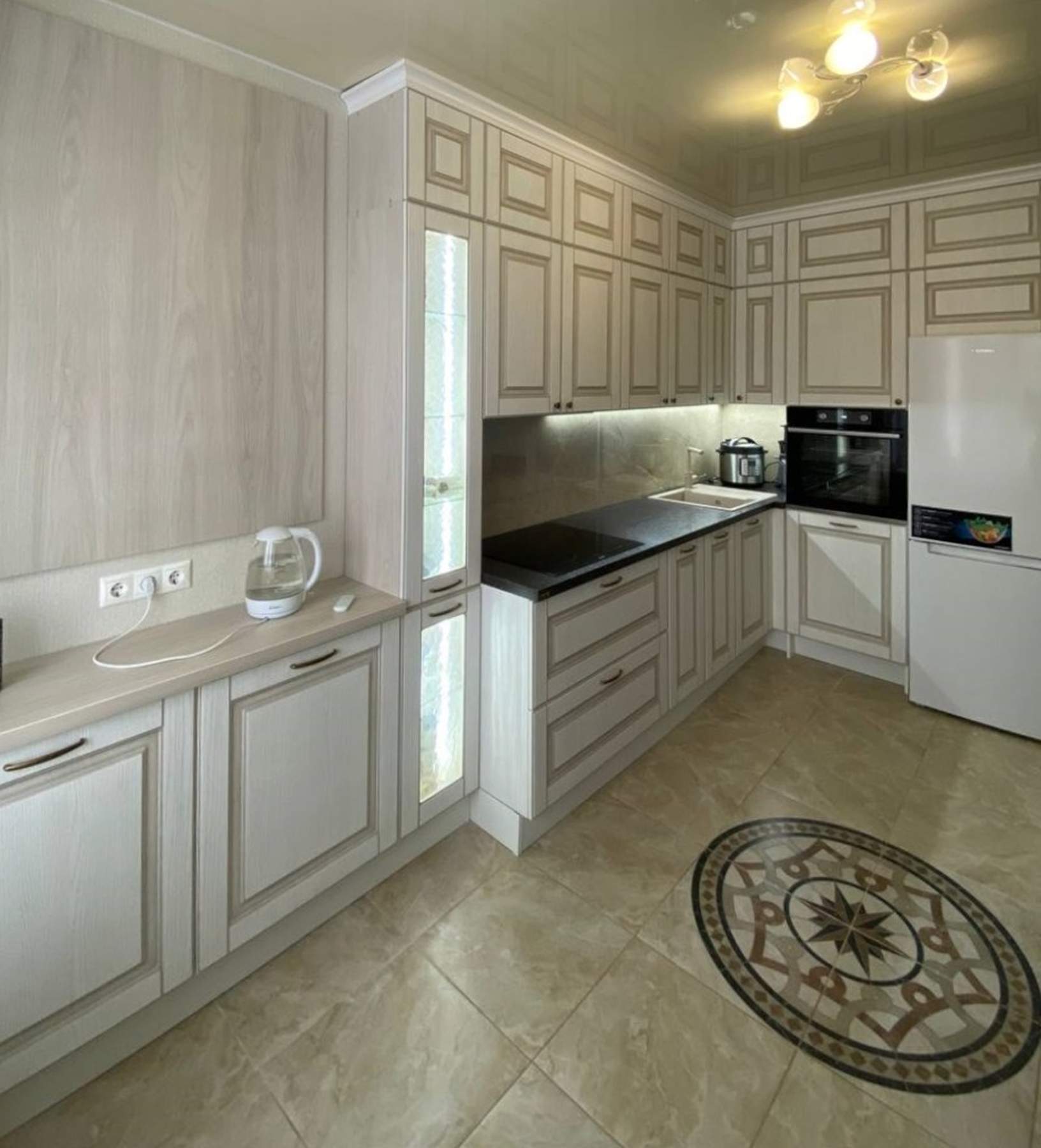
Introduction to Redefining Culinary Spaces
The kitchen, once a purely functional space for cooking, has undergone a transformation into a central hub for dining and socializing. This redefinition has given rise to elegantly designed culinary spaces that not only serve cooking needs but also provide aesthetically pleasing environments. Culinary spaces have transcended their traditional roles, emerging as expressions of personal taste and interior design acumen.
Incorporating Modern Design Elements
Modern design elements feature prominently in the transformation of culinary spaces. Sleek lines, minimalist aesthetics, and innovative materials have replaced the cluttered and utilitarian kitchens of the past. Elements like quartz countertops, stainless steel appliances, and clever storage solutions are hallmarks of the modern culinary space. Designers blend functionality and style to create kitchens that are easy to clean, maintain, and that stand as works of art in their own right.
Embracing the Open Concept
The popularity of open-concept living has significantly influenced culinary space design. These spaces are now seamlessly integrated into living areas, fostering a communal atmosphere that encourages interaction and entertainment. Open shelved kitchens, large islands with seating, and transitional flooring that blends kitchen and living areas, are emblematic of this trend. Removing the barriers between cooking and communal spaces allows for a more interactive and social culinary experience.
Implementing Advanced Technology
Advancements in technology have also found their way into the modern culinary space. Smart kitchen appliances that can be controlled via smartphone, integrated coffee bars capable of memorizing preferred beverages, and intuitive lighting systems that set the mood or assist with cooking tasks, are transforming how we interact within our culinary environments. This high-tech integration into kitchen design not only adds elegance but elevates the convenience and functionality of the space.
Creating a Sustainable Kitchen
Eco-friendliness and sustainability are becoming increasingly important in the design of culinary spaces. Homeowners are opting for energy-efficient appliances, sustainable materials like bamboo or recycled glass, and designs that maximize natural light to reduce electricity consumption. The elegant culinary space of today is not just about aesthetics but also about incorporating environmentally conscious practices and materials.
Combining Traditional and Contemporary
While modern designs dominate, there is a growing trend to blend traditional elements with contemporary features, creating a unique and timeless look. This can involve the juxtaposition of rustic wooden beams with high-gloss cabinets or combining an antique table with modern seating. This approach adds character and warmth to the culinary space, appealing to those who appreciate the charm of the old while enjoying the conveniences of the new.
Conclusion
Culinary spaces today are no longer just about cooking – they are about lifestyle and personal expression. The elegant redefinition of these spaces means considering functionality, technology, sustainability, and aesthetics to create a cohesive and inviting environment. As the heart of the home continues to evolve, so too will the design and innovation that shape these essential spaces.